- Home
- Blogs
How to Choose the Right Game Animation Studio
Before reaching any game animation studio, it is important to get clarity on what your game really needs. Many developers dive into working without fully understanding their animation scope, causing mismatched expectations, delays, or ruined budgets.
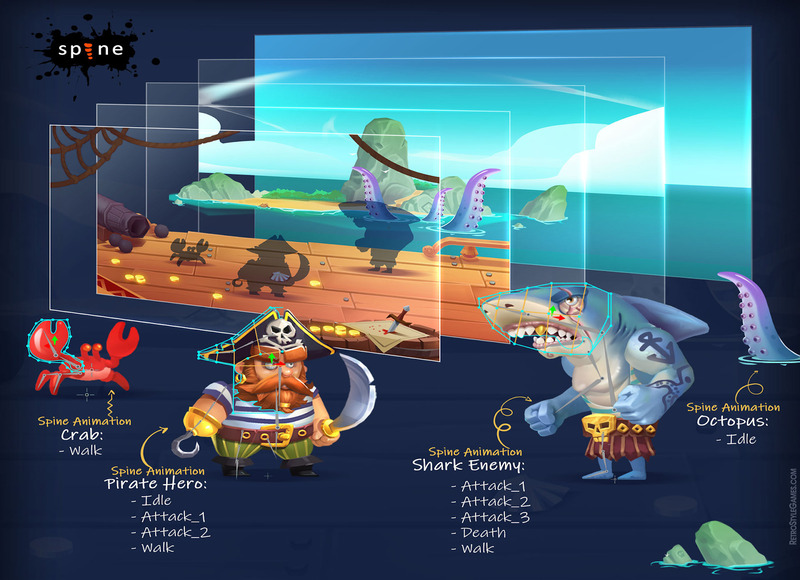
Start by mapping the specific animation needs of your project. Are you working on a 2D platform or a realistic 3D RPG? Do you need character animation, environmental movements, UI interactions, or cinematic cutouts?
Each type demands various techniques, equipment, and talent. Be specific about the number of assets, their complexity, and your deadlines. The more accurate your brief, the better chance you have of finding a studio that fits - and provides a smooth production process.
Key Factors to Evaluate in a Game Animation Studio
Variety may be heavy when you start evaluating the studio. Some boutique teams specialize in 2D pixel art; others are large production houses that have hundreds of animators working in Maya or Blender. To avoid being dazzled by attractive slogans and vague claims, break your evaluation into major categories that directly affect your project.
Choosing based on these factors - not only reputation or value - helps you make more informed decisions. Animation is not only about the scene; it is about functionality, compatibility, and cooperation. Let's go deep into the five most important areas that you should review.
Portfolio & Style Match
A studio’s portfolio is your best window into what they’re capable of delivering. Don’t just look for good-looking animations - look for animations that match the tone, style, and gameplay needs of your own game. A studio that excels at cartoony mobile animations may not be a fit for your dark fantasy tactical RPG.

Evaluate their past projects with questions like: Does the studio’s animation feel alive and readable in a gameplay context? Can you spot consistency in motion and timing across different characters or objects? Have they worked on real games or just demo reels? Moreover, you can compare their project with the top offline games that most people play.
The best portfolios don’t just showcase aesthetics - they show adaptability and real-world functionality.
Technical Expertise & Tools
A stunning animation isn’t worth much if it breaks your build or causes performance issues. That’s why a studio’s technical proficiency matters just as much as artistic talent. You want partners who understand not just how to animate, but how to animate for games.
Find out what tools and software they use. Are they working in Blender, Maya, Spine, or something custom? Do they deliver files in the formats your team needs? More importantly, do they understand your game engine - Unity, Unreal, or otherwise - and how animation integrates with real-time environments, physics, or gameplay triggers?
Also, ask about their rigging and skinning process. Can they create reusable rigs? Do they know how to work with blend trees or inverse kinematics if your game uses those features? Studios with real engine integration experience will deliver assets that are not only beautiful but plug-and-play ready.
Industry Experience
A studio's experience in the game industry is about what kind of projects they’ve completed and how relevant that experience is to your needs. A team that’s only worked on corporate explainer videos or TV animation might not understand the interactive demands of gameplay. In games, animation must respond to player input and run smoothly in real time.
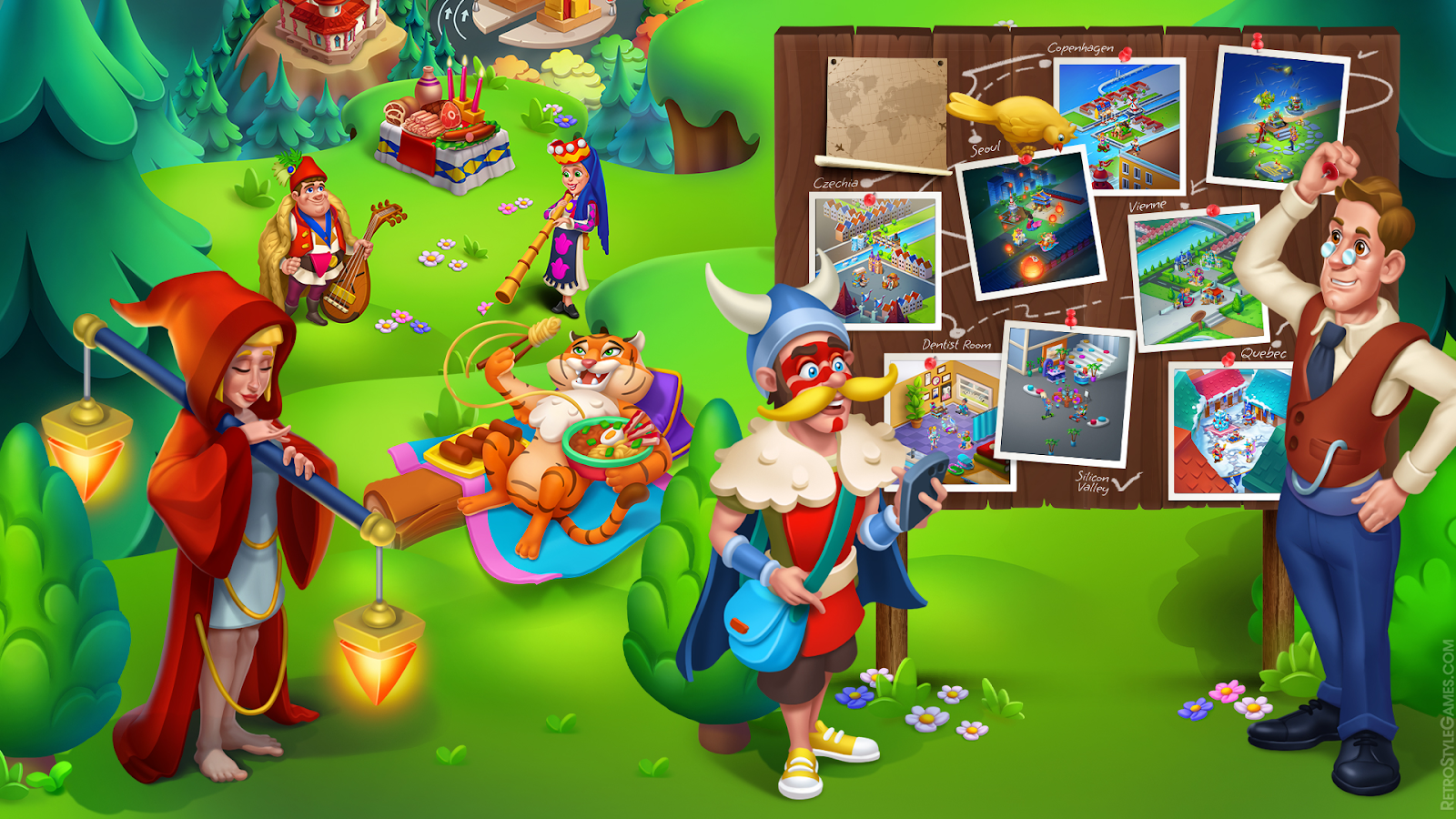
Look for signs that the studio understands how games are made: have they collaborated with dev teams using agile workflows? Do they deliver assets in sprints or batches? Have they worked within constraints like memory limits or optimization for mobile platforms?
A studio that’s familiar with production schedules, content pipelines, and version control (like Git or Perforce) will integrate better into your process. This helps reduce delays caused by rework or misalignment.
A studio with relevant game experience can speak your language and help you solve problems, not just create assets.
Project Management & Workflow
Even the most talented studio can cause chaos if its workflow is chaotic. Animation is rarely one by one - it is a back-and-forth process that includes ideology, drafts, reviews, modifications, and final distribution. This is why a studio's ability to manage time, functions, and communication efficiently is the same as their creative skills.
Ask how they plan and manage projects. Do they use tools like Trello, Jira, or Monday.com to track progress and feedback? Will you get a production timeline with milestones and delivery checkpoints? Do they assign a dedicated project manager or coordinator to handle your account? A structured workflow helps to avoid misunderstandings, missed deadlines, and bottlenecks, especially when the reaction and recurrence are involved.
Good studios will also have naming conventions, version control, documentation in place, and an understanding of the critical process of game design. This level of discipline saves your team hours when implementing assets or troubleshooting issues.
Pricing & Budget Transparency
Animation pricing can vary dramatically based on complexity, region, and scope, but the most important thing is clarity. A reputable studio will break down costs in a way that helps you understand what you’re paying for and why.
Look for a detailed quote that outlines what’s included: is it per second of animation? Per character or asset? Does it cover rigging, revisions, and export formats? Ask if the studio charges by milestone, by time spent, or as a fixed project rate. Also, clarify whether revisions are included in the initial quote or billed separately.
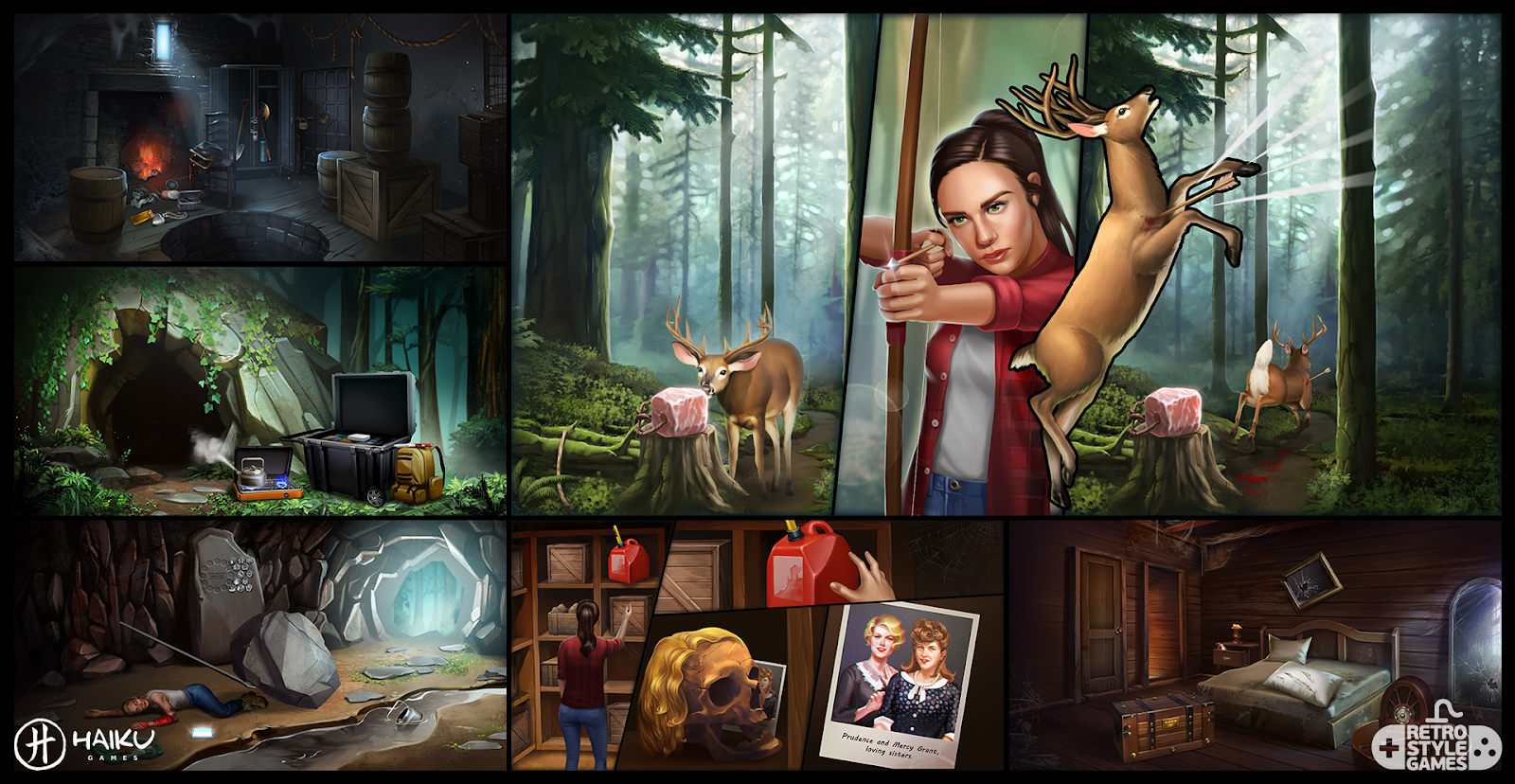 Be cautious of vague estimates or all-in-one pricing that doesn’t list specific deliverables. That’s often a red flag. Transparent pricing not only protects your budget, but it also shows the studio understands how to scope and deliver work professionally.
Be cautious of vague estimates or all-in-one pricing that doesn’t list specific deliverables. That’s often a red flag. Transparent pricing not only protects your budget, but it also shows the studio understands how to scope and deliver work professionally.
Communication and Collaboration
Strong communication is what separates a smooth project from a frustrating one. Animation involves multiple rounds of feedback and iteration, and if the studio isn't responsive, clear, or accessible, your production timeline can spiral fast.
Start by evaluating how quickly they respond in early conversations. Do they ask smart questions? Are they proactive about timelines, delivery formats, and next steps? It’s also worth checking if they’re available during at least part of your workday - especially if they’re in a different time zone. Daily standups aren’t necessary, but you need reliable availability for review calls and issue resolution.
A good studio will also be comfortable using your preferred communication tools - whether that's Slack, Discord, Zoom, or email. Look for teams that document feedback, confirm action items, and follow up without needing to be chased.
Even great animators can derail a project if they can't collaborate effectively. You're not just buying assets - you're building a working relationship.
Quality Control and Revision Policy
Even with the clearest brief and best intentions, animation almost always requires changes. The question isn’t whether revisions will come up - it’s how the studio handles them.
A professional studio will have a clearly defined revision policy from the outset. Most offer 1-3 rounds of revisions as part of the contract, which is fair and expected. Make sure to clarify: what qualifies as a revision, and what counts as a scope change?
For example, tweaking timing or fixing a glitch might be included - reanimating a full character because of a new design probably isn’t.
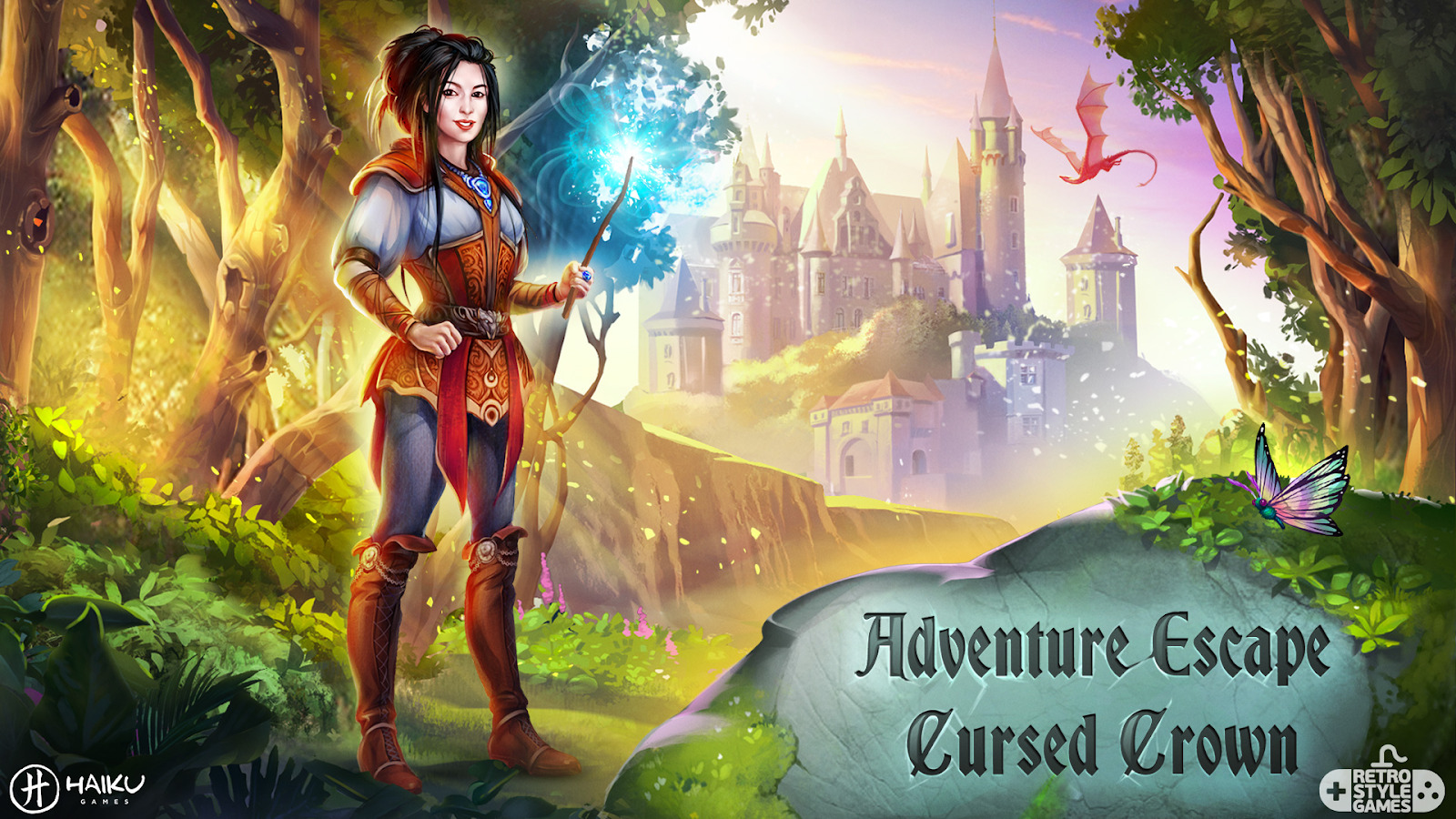
Also, ask about their internal quality assurance (QA) process. Do they have a lead animator or director reviewing all work before it reaches you? Is there a standardized review checklist for animation quality, consistency, and integration-readiness? These guardrails help prevent low-quality work from slipping through and save time during integration.
Strong QA and revision policies show that a studio respects your vision, your schedule, and your budget.
Location, Time Zone, and IP Protection
Outsourcing game animation often means working with studios in different countries, which can bring both cost advantages and logistical challenges. One of the first things to consider is time zone alignment.
A 6-10 hour time difference isn’t necessarily a dealbreaker, but you’ll need at least a few overlapping hours for meetings, feedback, and reviews. If communication is always asynchronous, progress can stall for days.
Language and cultural context also matter. Can the team understand nuanced feedback? Are there any barriers in tone, workflow expectations, or creative interpretation? Even subtle differences can lead to misunderstandings if not addressed early on.
Just as important is intellectual property (IP) protection. Make sure the studio is willing to sign a non-disclosure agreement (NDA) and that your contract explicitly states that all final work and rights are fully transferred to you upon delivery. If you're working with a studio outside your country, consult legal counsel familiar with international IP laws – especially if you plan to publish commercially.
When in doubt, start small. A short paid test can reveal whether remote logistics or legal concerns are going to be manageable over the life of your project.
Red Flags to Watch Out For
Not every studio that promises high-quality game animation is prepared to deliver. Some are inexperienced, disorganized, or worse – deliberately misleading. You can save time, money, and much stress by quickly spotting warning signals.
Beware of the studio with a permanent verification portfolio, or one that only shows generic demo reels with no attention to real games. If you can’t trace their work to actual shipped titles or public credits, that’s a major red flag. Also, avoid teams that refuse to do a small paid test. A legitimate studio will welcome the chance to prove itself on a trial task, especially before a larger engagement.
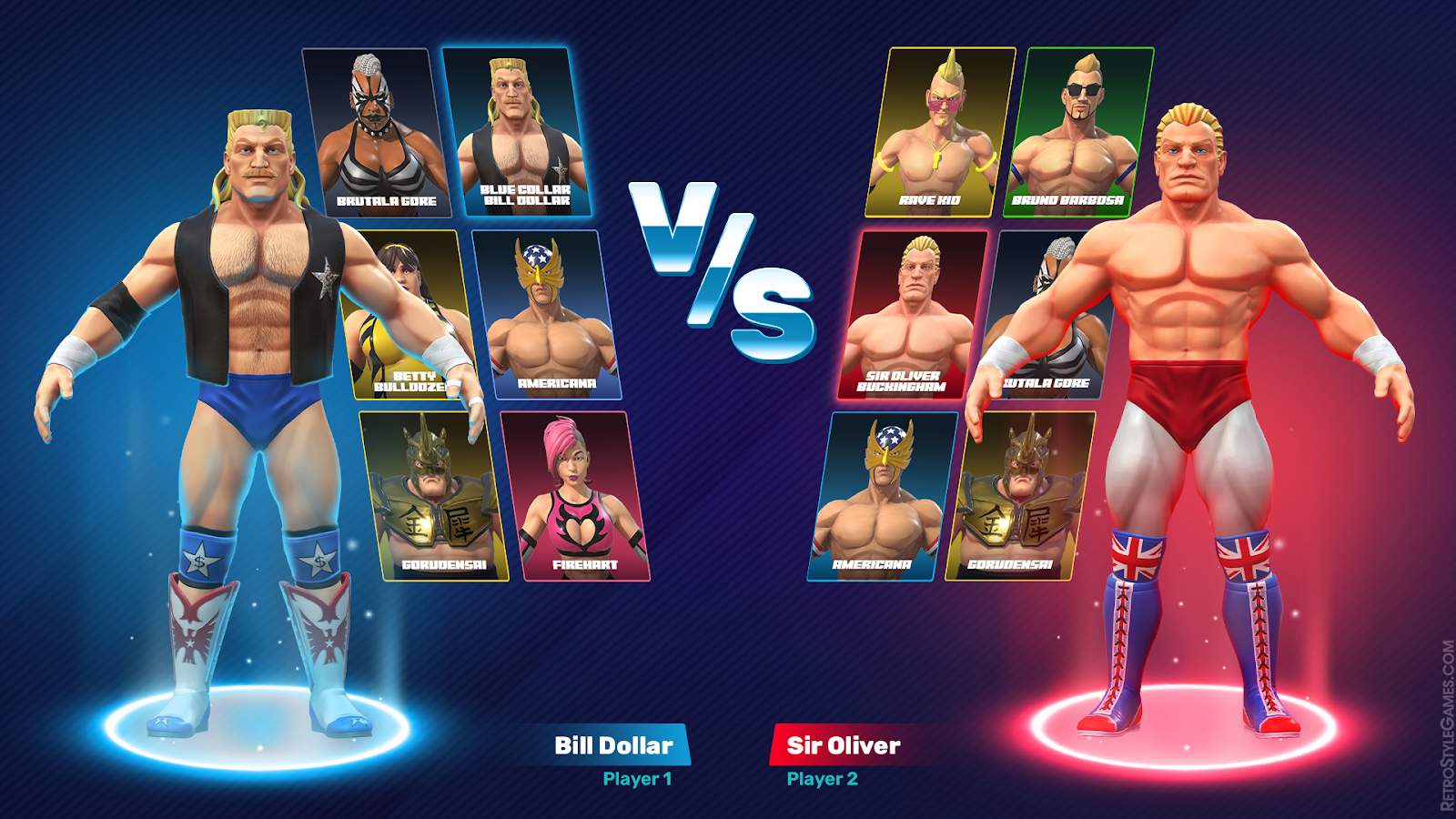 Other common red flags include:
Other common red flags include:
- Overpromising impossible turnaround times or unlimited revisions
- Lack of named team members, bios, or company details
- Inconsistent communication or missed early calls/emails
- Generic proposals with no reference to your specific game or brief
- No contract or NDA policy, or vague language around IP ownership
If something feels off, trust your gut. Good studios are transparent, organized, and upfront about both their strengths and limitations.
Conclusion
Choosing the right game animation studio is an important creative decision that directly affects what your game looks, feels, and plays. Whether you are an Indie developer outsourcing or a growing studio, your animation partner should align with your vision, equipment, and workflow.
To repeat: before reaching out, define your needs clearly, prioritize the studio with a proven game portfolio, and dig into your technical skills, processes, and communication style. Don't chase the lowest price – chase reliability, fit, and value. Use pilot projects or test tasks to vet compatibility, and always lock down legal protections before production begins.
When you take the time to choose a studio carefully, you're building part of your development team. A great animation partner will enhance your game’s quality, speed up production, and help you bring your vision to life, frame by frame.

